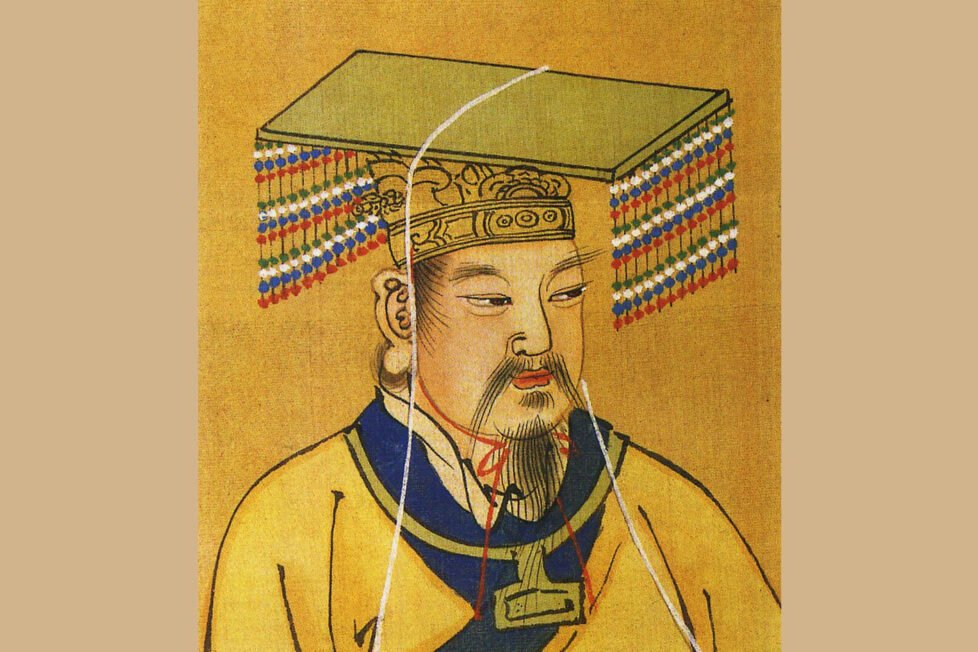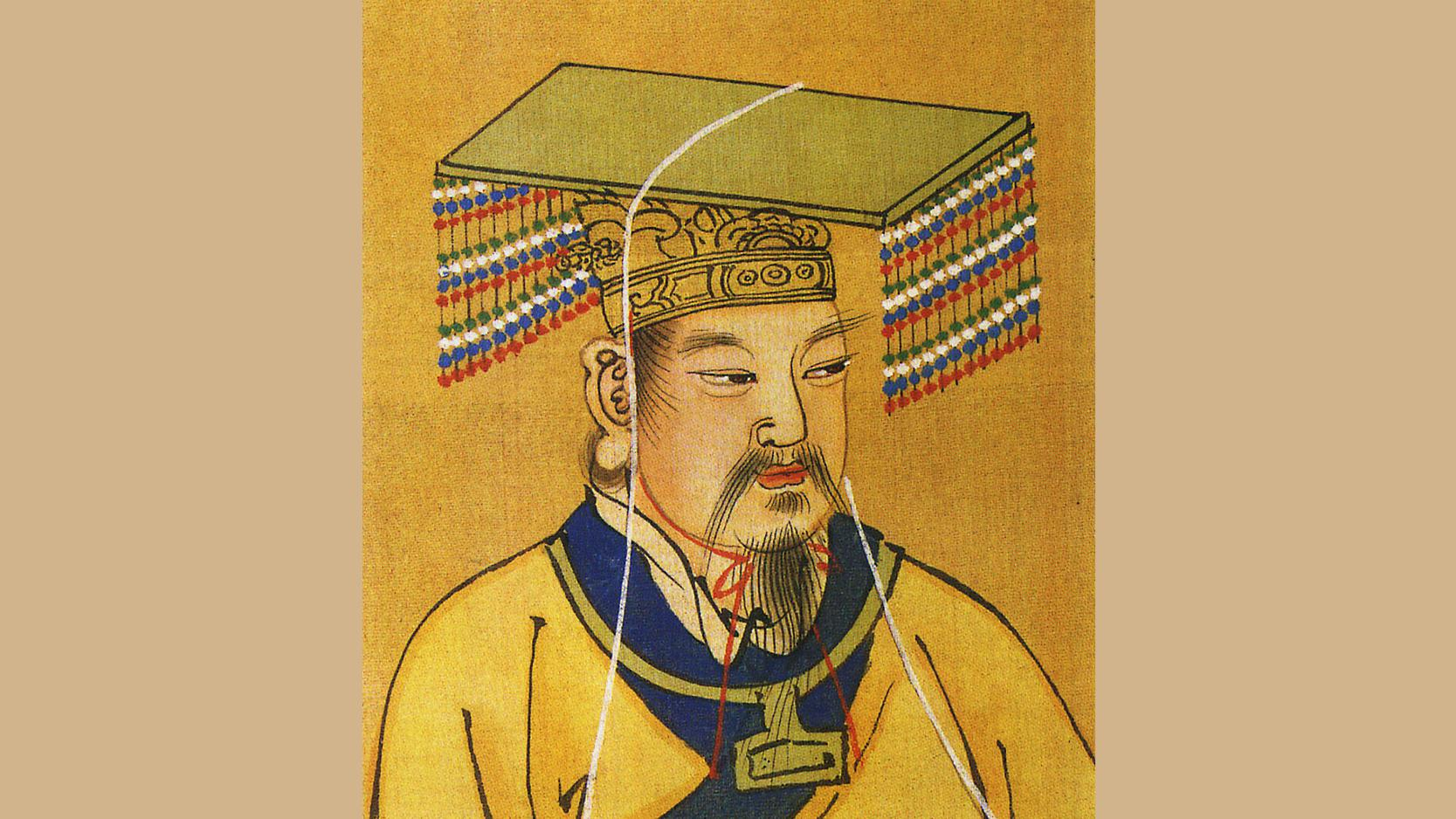#LetUsLearnAboutChina #Part 1: The Yellow River and The Yellow Emperor.!
The history of China can be divided into a total of five parts. 1. Prehistoric Times 2. Ancient China 3. Imperial era 4. Republic of China 5. People's Republic of China.

The history of China can be divided into a total of five parts. 1. Prehistoric Times 2. Ancient China 3. Imperial era 4. Republic of China 5. People's Republic of China.

The Chinese people venerate their history and ancestors. What the Chinese people believe, rather than the history that has been excavated there, will help us understand them. To know about China, to what extent do we need to go back in history? China is said to have had a continuous civilization of over 4,000 years. Along with the world’s oldest civilizations Egypt, Babylon and India, China is also known as the ‘cradle of civilization’. Legends of how China originated, the PreHistoric Times, the Bronze Age and the Iron Age…the list goes on and on.
After learning a little about China’s antiquity, the historical events and famous people of the time, it is pertinent to look at the Quing Dynasty rulers who ruled in the 1600s AD, and the history that followed them.
The history of China can be divided into a total of five parts. 1. Prehistoric Times 2. Ancient China 3. Imperial era 4. Republic of China 5. The people’s Republic of China.
It can be further divided into three sections. 1.The Paleolithic Era or Early Stone Age. 2. Neolithic Era (Stone Age) 3. Early Bronze Age.
There are no written, definitive historical records of this period. Its history was shaped by guesses, artefacts, and legends. In the early days, Chinese ancestors settled around the Huang River which is popularly known as the Yellow River and the Wei River. It was the same Yellow River, that was once known as ‘China’s sorrow’ for its raging floods. It is also known as the Mother River of China.

The river is south of present-day Beijing. Later, the ancient Chinese settled around the Yangtze River, another major river of China. In fact, it is the longest river in Asia. Even today, China’s most populous region is the intersection of these two rivers.

Civilizations around the world thrive on the riverside. The riversides were ideal for agriculture. Rice and millet were the main food crops. Dogs and pigs were the domestic animals. Arrows, hooks, needles and spears were developed and used as weapons and tools.
Late in the Stone Age, the Yellow River Valley began to establish itself as a center of Yangshao culture. Then, Longshan culture. It centered on the Yellow River from 3000 BC to 2000 BC.
This period is full of myths, without proper historical evidence. Accordingly, the giant God Pangu created the world, and the three Sovereigns who succeeded him brought order in the world, followed by the ‘Five Emperors’. The first of these was Huangdi, also known as the Yellow Emperor. Chinese people believe that he ruled between 2700 and 2600 BC. He is also known as the ‘Father of the Chinese people’.

He is believed to have brought the Chinese people from barbaric times into civilization. The Five Emperors did not leave the kingdom to their sons. It is believed that they left the kingdom to others who were more capable and qualified. They are considered to be demi-Gods. Whether these are legends or stories, what we believe and do not believe is not important here. It is important that the Chinese people fully believe in this and worship these Emperors and have great respect for their ancestors. Since the beginning of the 21st century, the Quingming festival in Zhengzhou in honour of the Yellow Emperor has become a tradition for billions of Chinese people to worship their ancestors.

The last of these five Emperors left the kingdom to Yu The Great. From here it is assumed that the Xia dynasty (perhaps mythological) began in China. At the same time, China entered the Early Bronze Age from the Stone Age.
References
China by Raymond C.Nelson
Ancient China- Captivating History
Chinahighlights.com
DISCLAIMER: The author is solely responsible for the views expressed in this article. The author carries the responsibility for citing and/or licensing of images utilized within the text.
